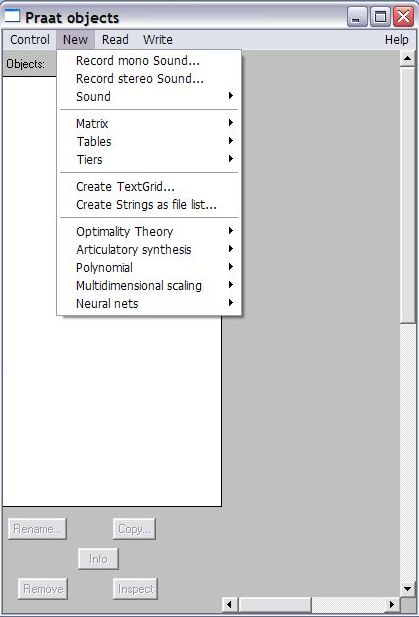
A vowel chart for the monophthongal vowel phones in Received Pronunciation (RP) is shown below.įigure 1: Vowel Chart of monophthongal vowel sounds in Received Pronunciation (RP) (left) Tongue positions for the vowels /i, e, E, a/ (right) The latter two features are used in the production of vowel charts which show where in the mouth the tongue is located during the production of monophthongal vowel phones. The number of tongue positions during vowel production (to differentiate between mono-, diph-, and triphthongs), The criteria for differentiating between different vowel sounds are As vowels are produced without obstruction of the air stream, other criteria for differentiating between vowel sounds are needed. In fact, consonants are classified according to the manner and place of the obstruction of the air stream. Consonants differ from vowels in that they are formed with an obstruction of the air stream coming from the lungs and they cannot form the nucleus of a syllable (Zsiga 2012). When learning or studying a language - the case in point here being English - it is likely that you are confronted with different classes of sounds, e.g. consonants and vowels (Rogers 2014). Once you have installed R and RStudio and once you have also initiated the session by executing the code shown above, you are good to go. # activate klippy for copy-to-clipboard button
#PRAAT FORMANTS INSTALL#
# install klippy for copy-to-clipboard button in code chunks To install the necessary packages, simply run the following code - it may take some time (between 1 and 5 minutes to install all of the packages so you do not need to worry if it takes some time). If you have already installed the packages mentioned below, then you can skip ahead and ignore this section.

Before turning to the code below, please install the packages by running the code below this paragraph.

For this tutorials, we need to install certain packages from an R library so that the scripts shown below are executed without errors.
#PRAAT FORMANTS HOW TO#
If you have not installed R or are new to it, you will find an introduction to and more information how to use R here. If you want to render the R Notebook on your machine, i.e. knitting the document to html or a pdf, you need to make sure that you have R and RStudio installed and you also need to download the bibliography file and store it in the same folder where you store the Rmd file. The entire R Notebook for the tutorial can be downloaded here.


 0 kommentar(er)
0 kommentar(er)
